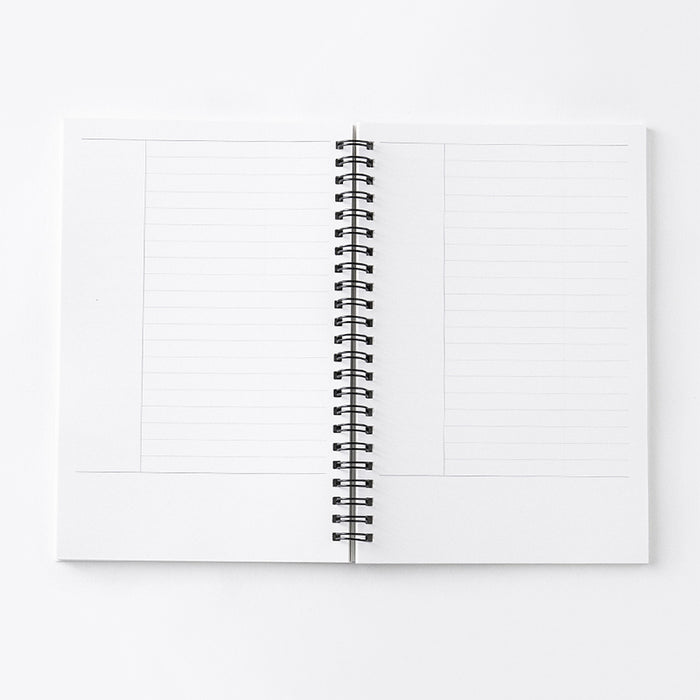Note-taking is an essential skill for students and professionals alike. It helps us capture and organize information, aiding comprehension and retention. One powerful method that stands out is the Cornell Notes system. In this blog post, we'll delve into what Cornell Notes are and how to use them effectively to supercharge your note-taking game.
What Are Cornell Notes?
The Cornell Notes system was developed by Walter Pauk at Cornell University in the 1940s. This structured approach helps you extract key information from lectures, textbooks, or any other sources, and organize it in a way that promotes active learning and easy review.
The Layout:
1. Cue Column:
The cue column is usually located on the left side of your notes. This is where you write down questions, keywords, or prompts that summarize the main points or concepts. These cues act as triggers to help you recall the information more effectively during review sessions.
2. Notes Column:
The largest section of your Cornell Notes is the notes column, found on the right side. This is where you jot down the main ideas, supporting details, and examples. It's important to keep your notes concise and focused, using your own words to explain concepts.
3. Summary:
At the bottom of the page, leave some space for a summary. This is where you condense your entire page of notes into a brief overview. Summarizing helps reinforce your understanding and serves as a quick refresher when you revisit your notes.
How to Use Cornell Notes Effectively:
1. Actively Engage During Lectures:
As you listen to lectures or read texts, engage with the material actively. Focus on identifying key points and phrases that would make effective cues. This forces you to think critically about the content and promotes better understanding.
2. Use Abbreviations and Keywords:
In the notes column, use abbreviations and keywords instead of complete sentences. This keeps your notes concise and allows you to capture information quickly. Later, when you review your notes, these cues will jog your memory and help you reconstruct the main ideas.
3. Organize and Review:
After the lecture or reading, take time to review and organize your notes. Fill in any gaps, clarify unclear points, and ensure your cues and notes make sense. Regularly reviewing your Cornell Notes, especially the summaries, will reinforce your memory and enhance your grasp of the subject.
4. Personalize and Visualize:
Feel free to personalize your Cornell Notes system. You can use different colors, highlighters, or symbols to visually emphasize key points or make connections between concepts. Visual elements can aid memory and make your notes more engaging.
You can also learn how to take Cornell Notes in the video below.
Advantages of Cornell Notes:
1. Structure Promotes Active Learning:
The systematic layout of Cornell Notes encourages you to interact with the content rather than passively transcribing it. This engagement enhances understanding and retention.
2. Easy to Review:
The cues and summaries in Cornell Notes make it easy to review and revise material efficiently. This is especially helpful during exam preparation or when revisiting information after some time.
3. Adaptability:
Cornell Notes can be adapted to various learning styles and subjects. Whether you're studying science, literature, or history, this method remains versatile and effective.
Cornell Notes offer a proven method for effective note-taking, fostering active learning, retention, and efficient review. By integrating cues, notes, and summaries, you'll create a well-organized record of information that's easily digestible and valuable for your educational journey. So, give Cornell Notes a try and watch your note-taking skills transform!












